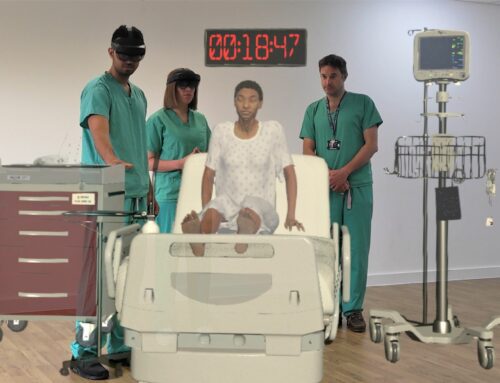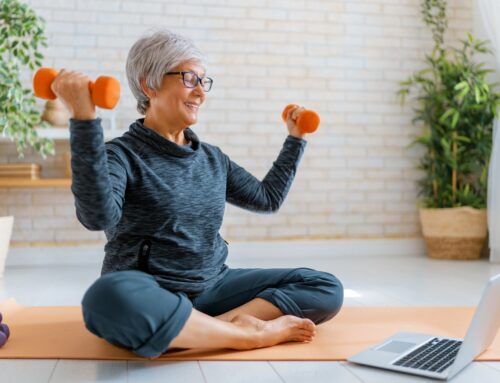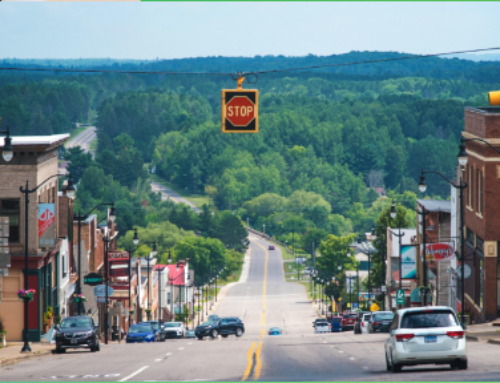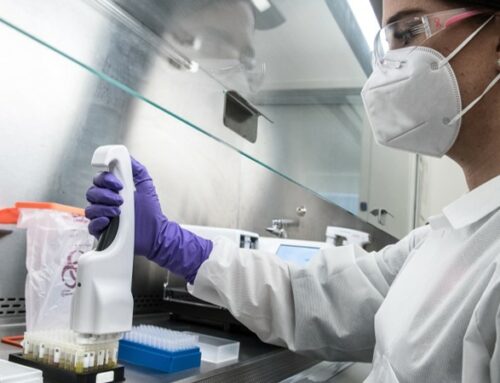Someone once told me “You are not your pain,” which was eye-opening for me as it was sometimes tough to separate myself from the pain I live in. Born and raised in Kuwait, I lived in the luxury and safety of a social healthcare system. However, when I broke my femur in half playing soccer in ninth grade, three surgeries and a year of physical therapy was not enough to heal the pain. Two decades later, I found a way out from the grip of that pain.
When I lived in Kuwait, I had access to all the healthcare specialties I needed. An ophthalmologist, an orthopedic surgeon, a super specialized neurologist, etc., all at zero cost. However, my understanding of healthcare has since expanded. For my pain, doctors typically resorted to prescribing medications or suggesting surgery: a limited scope of healthcare. Years later, when I attended Berkley, I found that there is a whole realm of natural modalities that work as complements to relieve pain. I saw a chiropractor, used CBD and mindfulness techniques and this combined approach started to make a difference in my life.
It is important to note that no two people are the same, and the combination of modalities that worked for me might not work for others. But what I recognized is that we each have a journey we need to embark on, a journey to discover what we respond to and how to communicate with our bodies.
Living in pain is not just about the pain itself; the thought of doing an activity that might trigger pain becomes an insurmountable effort. Pain takes over our thoughts about the food we eat, the activities we engage with, the clothes we wear, the mood we show up in. Generally, pain preoccupies the brain and ultimately ends up defining us. It’s important to accept the pain but to recognize you are a person despite your pain.
The pain existed, but I was not going to let it define my future. I had to make lifestyle changes.
In my case, I started with seeing a chiropractor, tried CBD and then mindfulness. I personally think what helped me out most was the mindfulness approach that helped me define myself outside of my pain, helped me respect my body as my friend not my foe, and finally understand the mind-body connection. I started with meditating for five minutes a day and slowly started building up my practice to 20 minutes a day.
My research uncovered a couple of things. It is that our chronic pain bodies are chronically stressed and the point of these practices whether it be yoga, tai-chi or mindfulness (also many more out there) is to be able to de-stress our bodies and minds and to break the pain cycle.
While writing my graduate capstone at Berkeley’s School of Public Health, I realized two things: our healthcare system keeps on trying to mask pain rather than solve it, and that no two people are the same so we cannot solve the diversity of problems with a single solution. I realized a system needed to be created where patients are at the center so that they can try different approaches and find a formula that works for them. This experimental environment didn’t exist before, so we created it.
Mayv was launched as a digital health platform designed to target the major aggravators of pain, stress and inflammation. We provide a non-opioid, therapeutic approach to help those experiencing chronic pain take charge of their own healing, reduce pain, improve psychological well-being and boost immunity with patient-centric technology and content.
Mayv provides unbiased, science-backed guidance to complementary medicine, gives control back to the patient and puts everything all in one place in an accessible and affordable system.
By incorporating education, gamification, rituals, habit-building steps and intrinsic rewards to sustain behavior change, users learn how the brain works, how stress and pain manifest, and the tools to use to help regain control.
Warriors in pain, such as myself, need to know there is a way out and this is not the end of the road; life could still be good and happy. It’s about understanding our bodies. Pain is our body’s communication language, and yes, sometimes it’s speaking gibberish and is out of control. We need to make sense of it all and see what we can do to support our bodies. Being able to read what your body is telling us is key to solving our problems. It just takes time and effort and a whole lot of patience.
Chronic pain sufferers are invisible warriors. Continuously undermined by the medical system and society we lean on each other to support each other and our mission. I have not seen this level of support from a community that doesn’t know me, ever. I love this community, it has done so much for me already and I plan to do so much to help every Spoonie I can. Keep your head up, this is not the end of the road. There is always a solution. There is a community of support out there that is willing to hear you and see you.
And if you cannot find that person to hear you out, I am here to do so.












